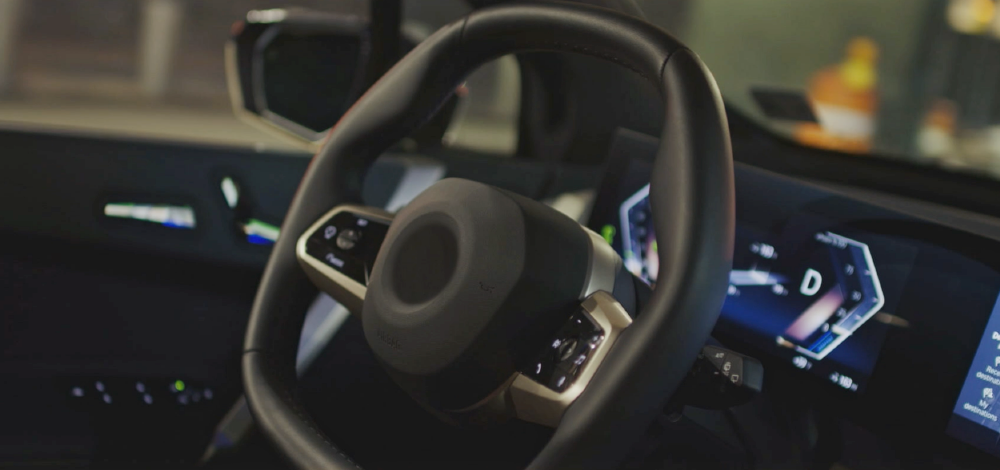Mobileye published a blog that details their new proposed taxonomy for autonomous driving that they introduced at CES.
They propose 4 axes:
(i) Eyes-on/Eyes-off
(ii) Hands-on/Hands-off
(iii) Driver versus No-driver
(iv) MRM requirement
You get 4 categories that can be actual products:
1) Eyes-on/Hands-on: this category covers all the basic driver-assist functions. The driver is still responsible for the entire driving task while the system monitors the human driver.
2) Eyes-on/Hands-off: this is a driver-assistance function where the driver’s hands can be off the steering wheel while the system takes control of the driving and the driver supervises the system within a specified Operational Design Domain (ODD).
3) Eyes-off/Hands-off: the system controls the driving function within a specified ODD without the human driver needing to supervise the driving. Once the ODD comes to an end, and if the driver does not take back control, the system is able to conduct a full MRM and stop safely on the shoulder of the road.
4) No Driver: when there is no human driver present, say in a Robotaxi, the role of the human driver is replaced by a teleoperator who can intervene to resolve non-safety situations.
An Eyes-off system should be governed by three principles: (i) usefulness, (ii) safety, and (iii) scalability.
Usefulness: A good Eyes-off system should operate in an ODD that enables prolonged and continuous periods of use such that going in/out from an ODD does not happen frequently.
According to this requirement, Mobileye sets the minimum useful ODD threshold to be freeways up to 80 mph, including the ability to navigate on-ramps and off-ramps.
Safety: A safe Eyes-off solution should have no systematic errors, i.e., an error that can be reproduced in a certain emergency situation that is within the system’s ODD.
Scalability: We believe the operational domain of a full Eyes-off/Hands-off vehicle can best be thought of as a stack of ODDs – starting from highways, then adding arterial roads, signaled intersections, unprotected turns and so forth, that eventually add up to autonomy everywhere.

 www.mobileye.com
www.mobileye.com

Admin note: Image added for Blog Feed thumbnail
They propose 4 axes:
(i) Eyes-on/Eyes-off
(ii) Hands-on/Hands-off
(iii) Driver versus No-driver
(iv) MRM requirement
You get 4 categories that can be actual products:
1) Eyes-on/Hands-on: this category covers all the basic driver-assist functions. The driver is still responsible for the entire driving task while the system monitors the human driver.
2) Eyes-on/Hands-off: this is a driver-assistance function where the driver’s hands can be off the steering wheel while the system takes control of the driving and the driver supervises the system within a specified Operational Design Domain (ODD).
3) Eyes-off/Hands-off: the system controls the driving function within a specified ODD without the human driver needing to supervise the driving. Once the ODD comes to an end, and if the driver does not take back control, the system is able to conduct a full MRM and stop safely on the shoulder of the road.
4) No Driver: when there is no human driver present, say in a Robotaxi, the role of the human driver is replaced by a teleoperator who can intervene to resolve non-safety situations.
An Eyes-off system should be governed by three principles: (i) usefulness, (ii) safety, and (iii) scalability.
Usefulness: A good Eyes-off system should operate in an ODD that enables prolonged and continuous periods of use such that going in/out from an ODD does not happen frequently.
According to this requirement, Mobileye sets the minimum useful ODD threshold to be freeways up to 80 mph, including the ability to navigate on-ramps and off-ramps.
Safety: A safe Eyes-off solution should have no systematic errors, i.e., an error that can be reproduced in a certain emergency situation that is within the system’s ODD.
Scalability: We believe the operational domain of a full Eyes-off/Hands-off vehicle can best be thought of as a stack of ODDs – starting from highways, then adding arterial roads, signaled intersections, unprotected turns and so forth, that eventually add up to autonomy everywhere.

Defining a New Taxonomy for Consumer Autonomous Vehicles | Mobileye Opinion
Mobileye’s CEO and CTO detail the new taxonomy revealed at CES 2023 for deploying eyes-off/hands-off self-driving consumer vehicles.
Admin note: Image added for Blog Feed thumbnail
Last edited:



